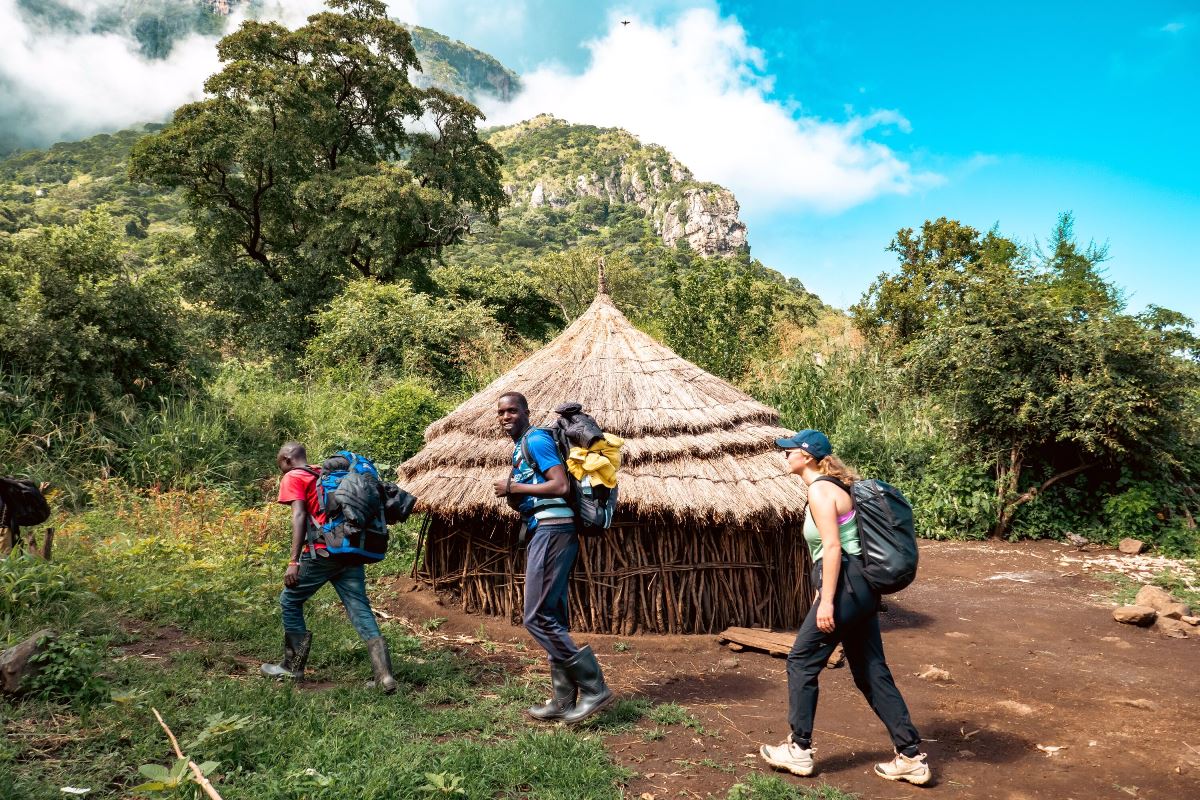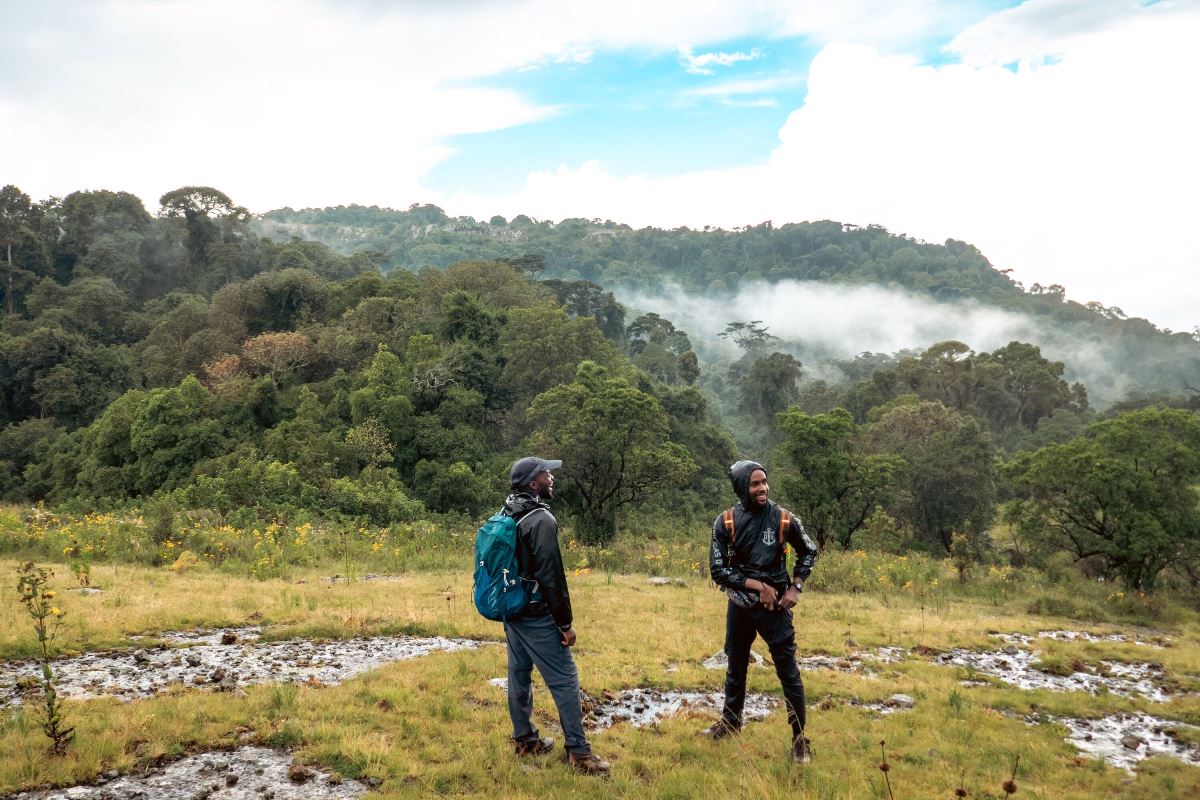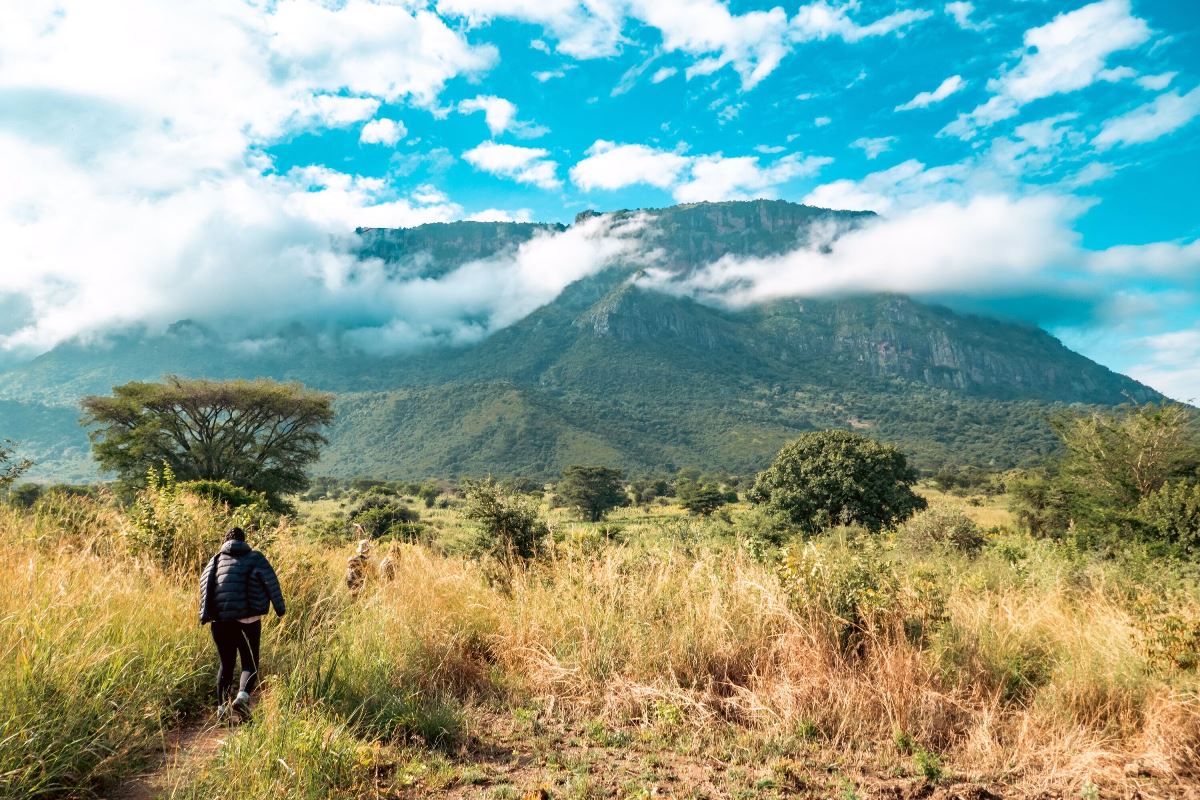Karamoja Region, Uganda
KARAMOJA REGION, UGANDA TRAVEL INFORMATION AND GUIDE
LOCATION OF KARAMOJA REGION, UGANDA
The Karamoja region is located in the Northeastern part of Uganda. It is bordered by Kenya to the East, South Sudan to the North, and other Ugandan regions such as Acholi and Lango to the West, and Teso and Sebei to the South. The region includes several districts: Kotido, Kaabong, Karenga, Nabilatuk, Abim, Moroto, Napak, Amudat, and Nakapiripirit.
POPULATION OF KARAMOJA REGION, UGANDA
As of 2024, the population of the Karamoja region in Uganda is estimated to be around 1.2 million people by UBOS.
SOME HISTORY OF KARAMOJA REGION, UGANDA
The history of the Karamoja region in Uganda is rich and complex, marked by resilience, cultural heritage, and significant challenges.
The Karamojong people, the primary inhabitants of Karamoja, are believed to have migrated from present-day Ethiopia around the 1600s. They settled in the Northeastern part of Uganda, where they developed a distinct agro-pastoral lifestyle, relying heavily on cattle herding and semi-nomadic practices.
During the late 19th and early 20th centuries, Karamoja came under British colonial rule. The British established borders that isolated Karamoja from its kin regions in Kenya and South Sudan. This geographical segregation, along with neglect from central authorities, left Karamoja relatively isolated, preserving its unique cultural practices but also hindering socioeconomic development.
After Uganda gained independence in 1962, Karamoja continued to face significant challenges. The region experienced severe famines, with the 1980 famine being particularly devastating, resulting in high mortality rates. Additionally, the region has been plagued by armed conflicts, often related to cattle raiding and competition for resources.
In the mid-2000s, the Ugandan government, with support from international organizations, initiated disarmament programs to reduce the prevalence of illegal firearms and curb violence. However, these efforts were marred by reports of human rights abuses and clashes between the Uganda People’s Defence Force (UPDF) and local communities. Despite these challenges, there have been ongoing efforts to improve infrastructure, healthcare, and education in the region.
Karamoja is renowned for its vibrant cultural heritage. The Karamojong people are known for their distinctive attire, beadwork, and body adornments. Music, dance, storytelling, and visual arts play a significant role in their cultural expression, reflecting their deep connection to pastoralist traditions.
In recent years, there have been concerted efforts to integrate Karamoja into the broader Ugandan economy. Initiatives aimed at improving agricultural practices, promoting tourism, and enhancing access to basic services have shown promise. However, the region still faces challenges related to poverty, climate change, and limited infrastructure.
Karamoja’s history is a testament to the resilience and adaptability of its people, who continue to navigate the complexities of modern development while preserving their rich cultural heritage.
| Visa requirements | ENTRY INTO UGANDA (VISAS & PASSES)
Any person intending to enter into Uganda should do so only for lawful purposes and in accordance with national immigration laws, guidelines and formalities.
Foreign nationals intending to enter Uganda for purposes of employment should comply with requirements for expatriate employment in Uganda.
All visa prone nationalities must obtain Uganda visas to facilitate their entry into the country.
Uganda visas may be obtained at Uganda missions abroad or by applying online at the Uganda E-Immigration System at www.visas.immigration.go.ug
UGANDA VISAS & CORRESPONDING FEES:
WORKING AND LIVING IN UGANDAPERMITS –WORKING IN UGANDA All foreign nationals intending to work in Uganda must ensure that they are in possession of the relevant work permit. The classes of work permits are listed below. For the requirements for the different categories, please log onto the Immigration Uganda website: www.immigration.go.ug or www.visas.immigration.go.ug CLASS A (GOVERNMENT & DIPLOMATIC SERVICE) Applicants should be persons contracted for service in the Government of Uganda or diplomats accredited for service in Uganda. CLASS A2 (GOVERNMENT CONTRACTORS) Applicants should be persons on Government contracts, including persons serving in Government tertiary institutions. CLASS B (INVESTMENT IN AGRICULTURE) Applicants should be persons intending to invest in the business of agriculture or animal husbandry. CLASS C (MINING) Applicants should be persons intending to invest in the business of prospecting for minerals or mining in Uganda CLASS D (BUSINESS AND TRADE) Applicants should be persons intending to carry on the business or trade in Uganda CLASS E (MANUFACTURERS) Applicants should be persons intending to engage in manufacturing business In Uganda CLASS F (PROFESSIONALS) Applicants should be members of prescribed professionals Intending to practice RIO profession In Uganda CLASS G1 (VOLUNTEERS, NGO WORKERS, and MISSIONARIES) CLASS G2 (EMPLOYEES) Applicants should be persons intending to work as employees whether for gain or not in Uganda. Applicants under this category can only enter Uganda after grant and payment for their work permits. WORK PERMIT RENEWAL
| ||||||||||||||||||||||||
|---|---|---|---|---|---|---|---|---|---|---|---|---|---|---|---|---|---|---|---|---|---|---|---|---|---|
| Languages spoken | Karamojong, Jie, Dodoth, Karamojong, English, Luganda and Kiswahili | ||||||||||||||||||||||||
| Currency used | Ugandan Shilling (Ugx) | ||||||||||||||||||||||||
| Area (km2) | 27,200 square kilometers | ||||||||||||||||||||||||
| Country name | Republic of Uganda |





